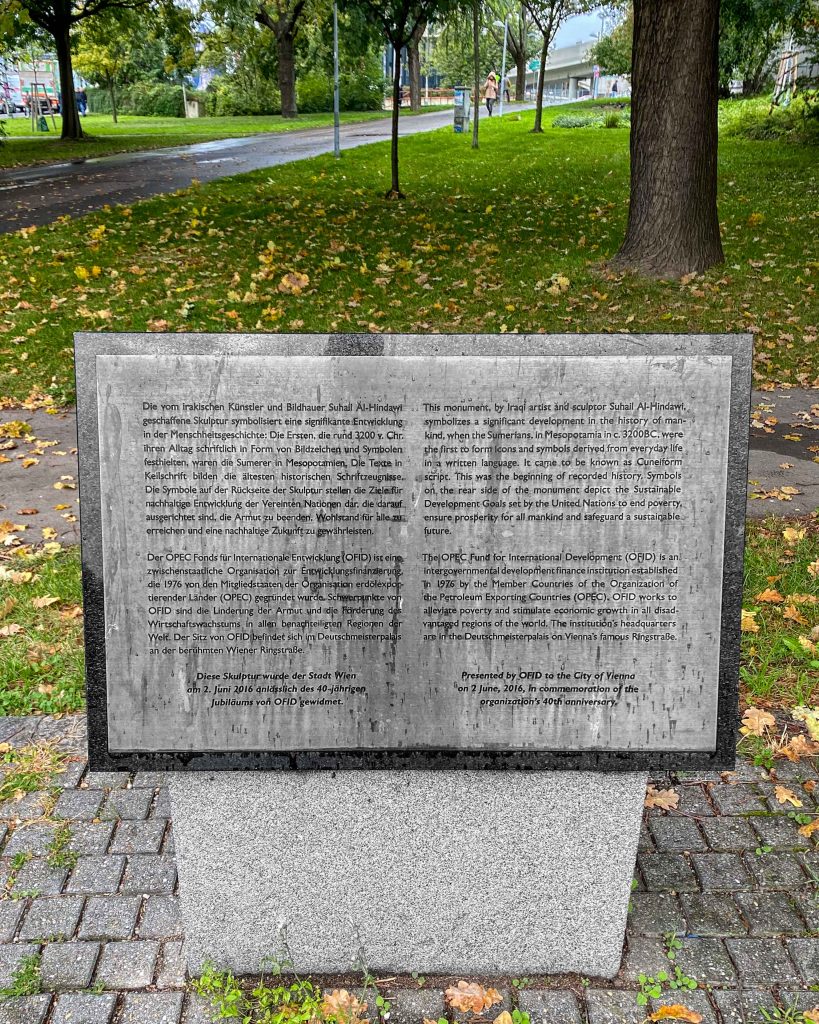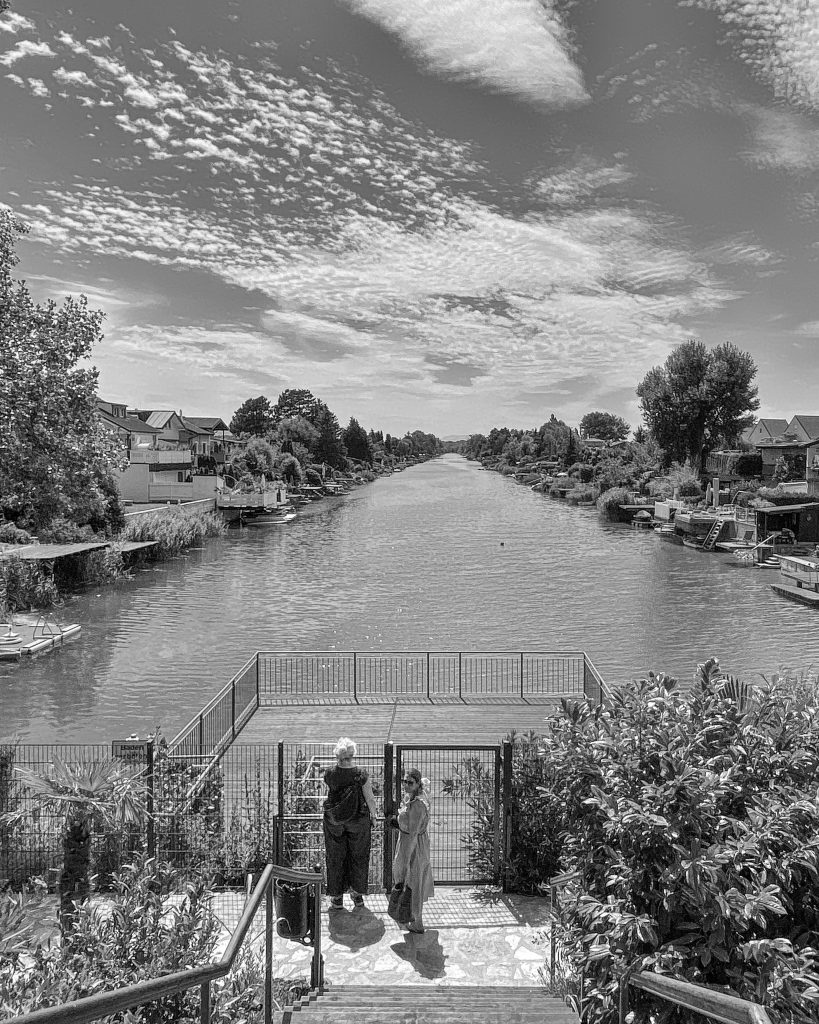Figure group „Passanten“
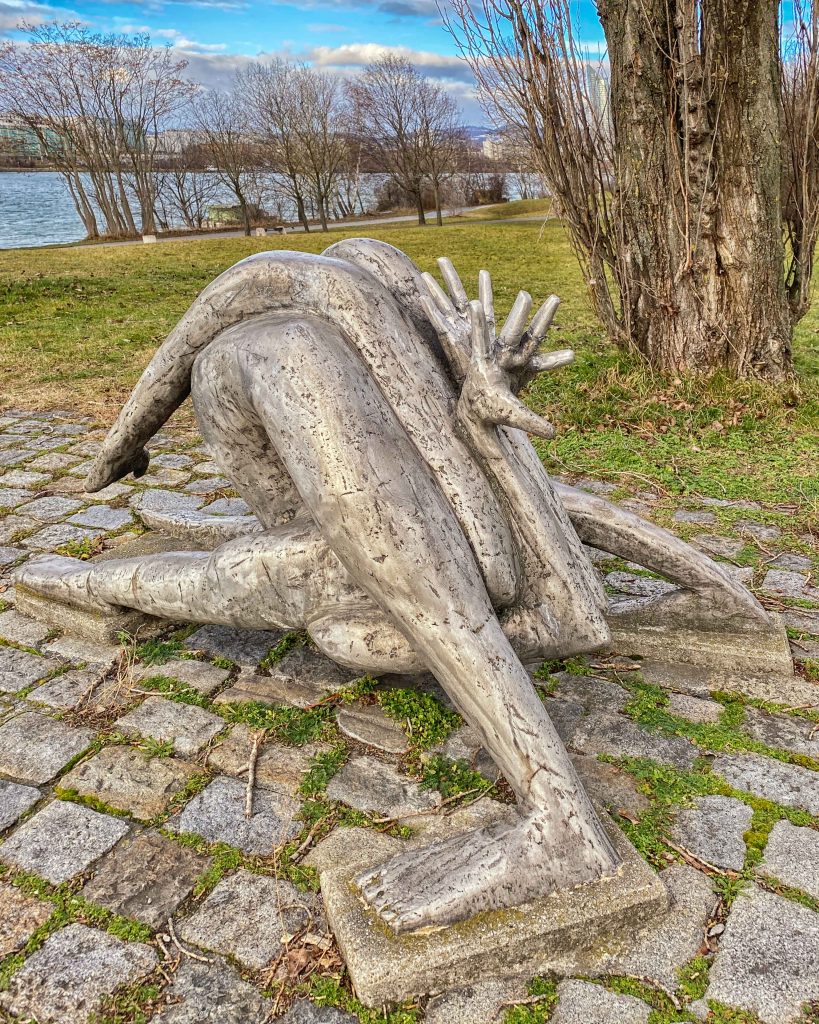
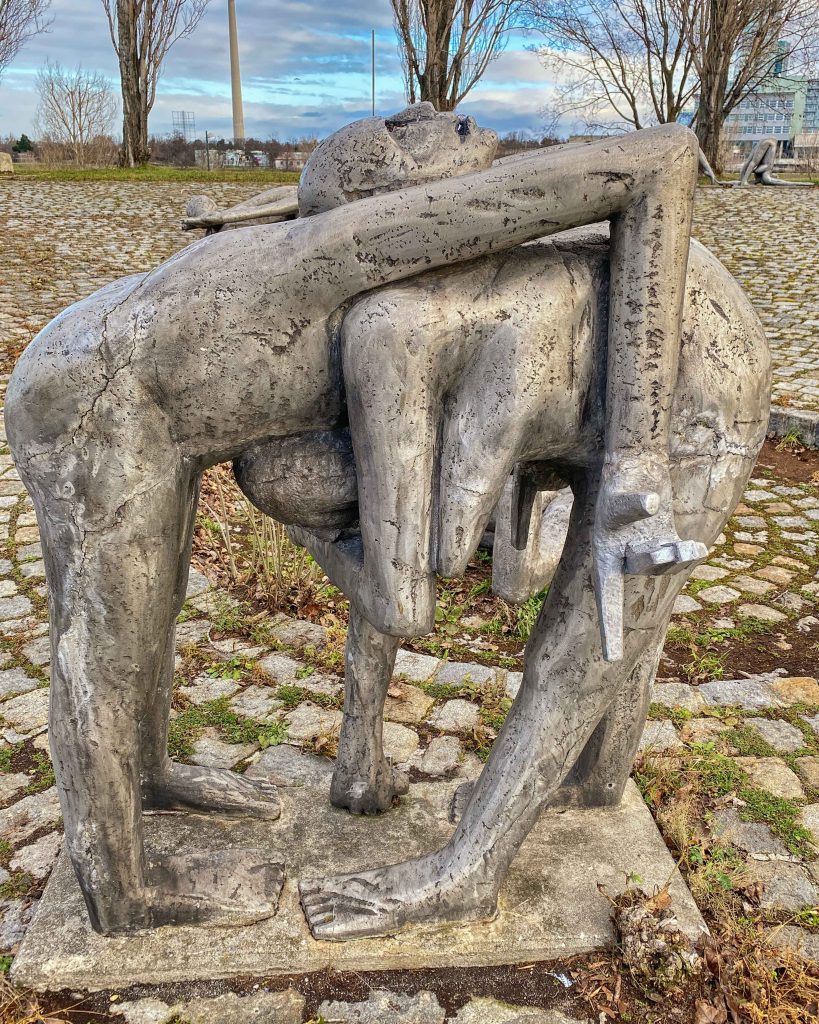
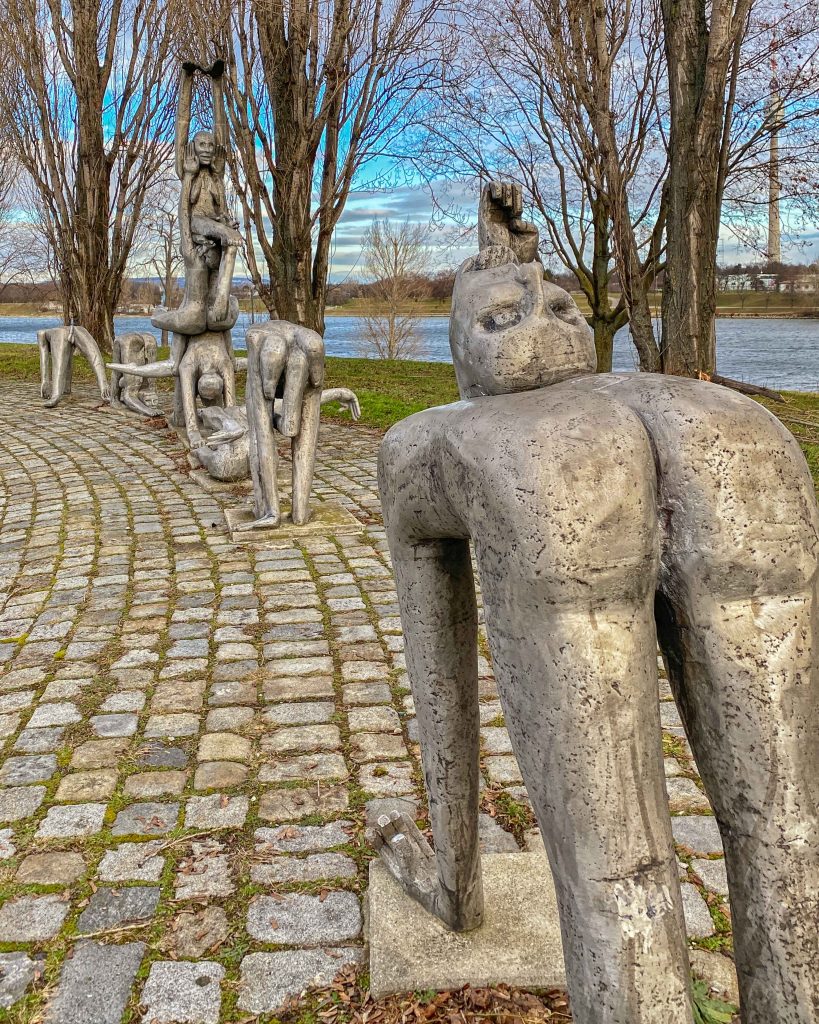
The 19-part figure group „Passanten“ (Passers-by) from 1985 on the Danube Island between Brigittenauer Brücke and Reichsbrücke consists of iron and steel sculptures of unclothed human figures in various poses.
The Viennese Prof. Herbert Traub, graduate of the Akad. d. bild. Künste and later himself a professor at the University of Haifa and Stuttgart, is responsible for the design. The installation probably also recalls his many years of work as a stage designer for theatre and film and, of course, the summer bathing paradise on the Danube Island.

